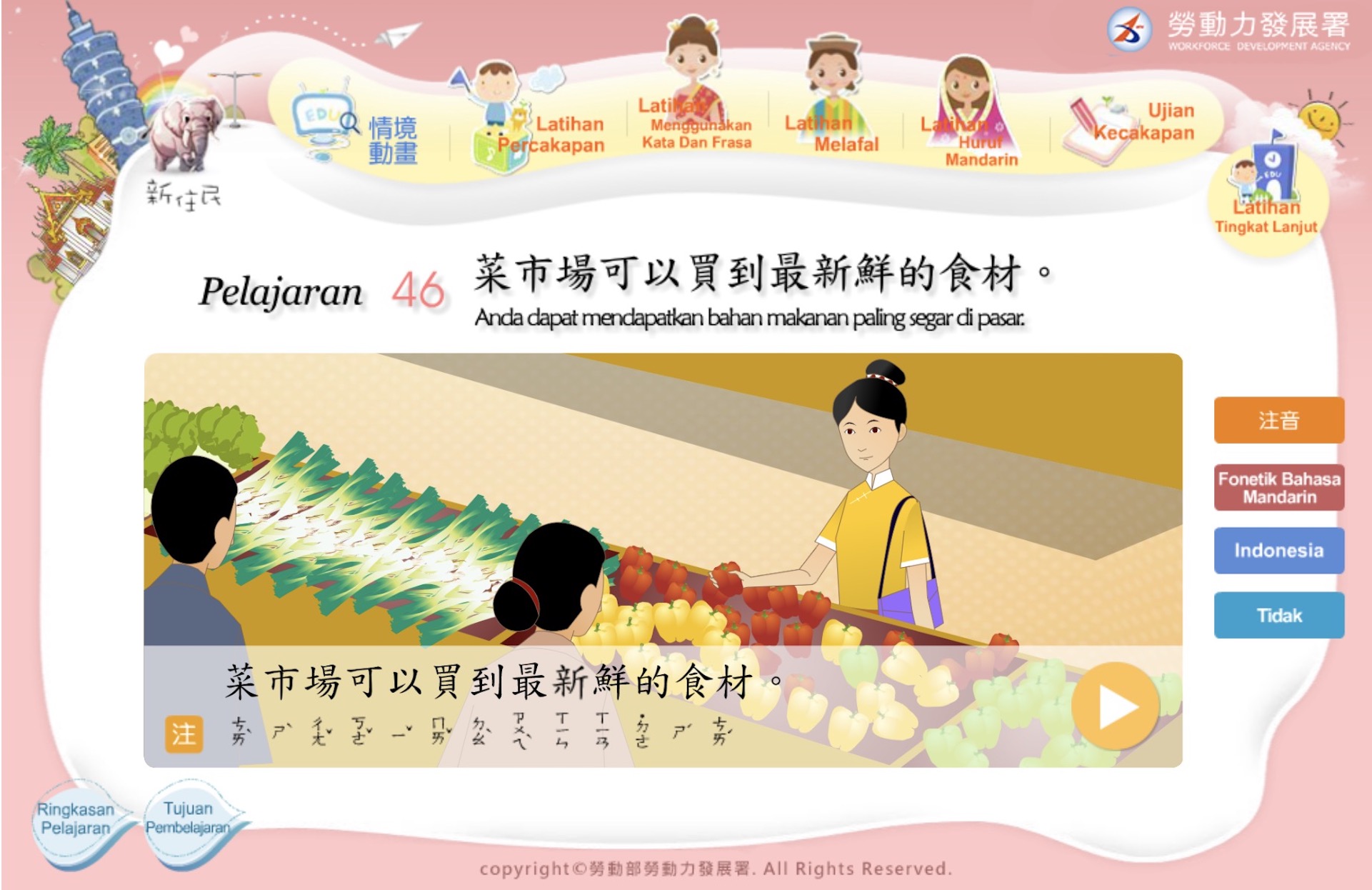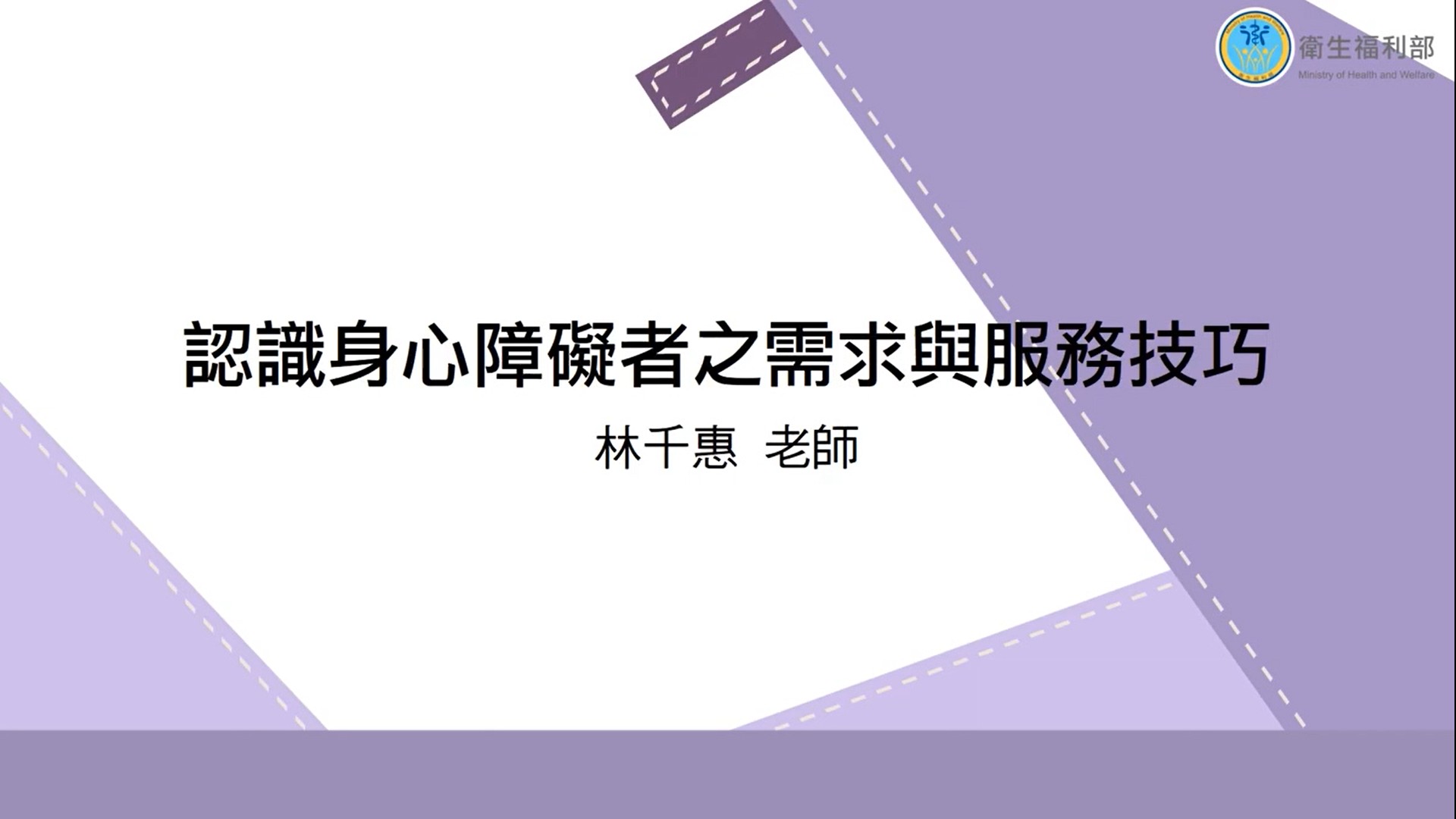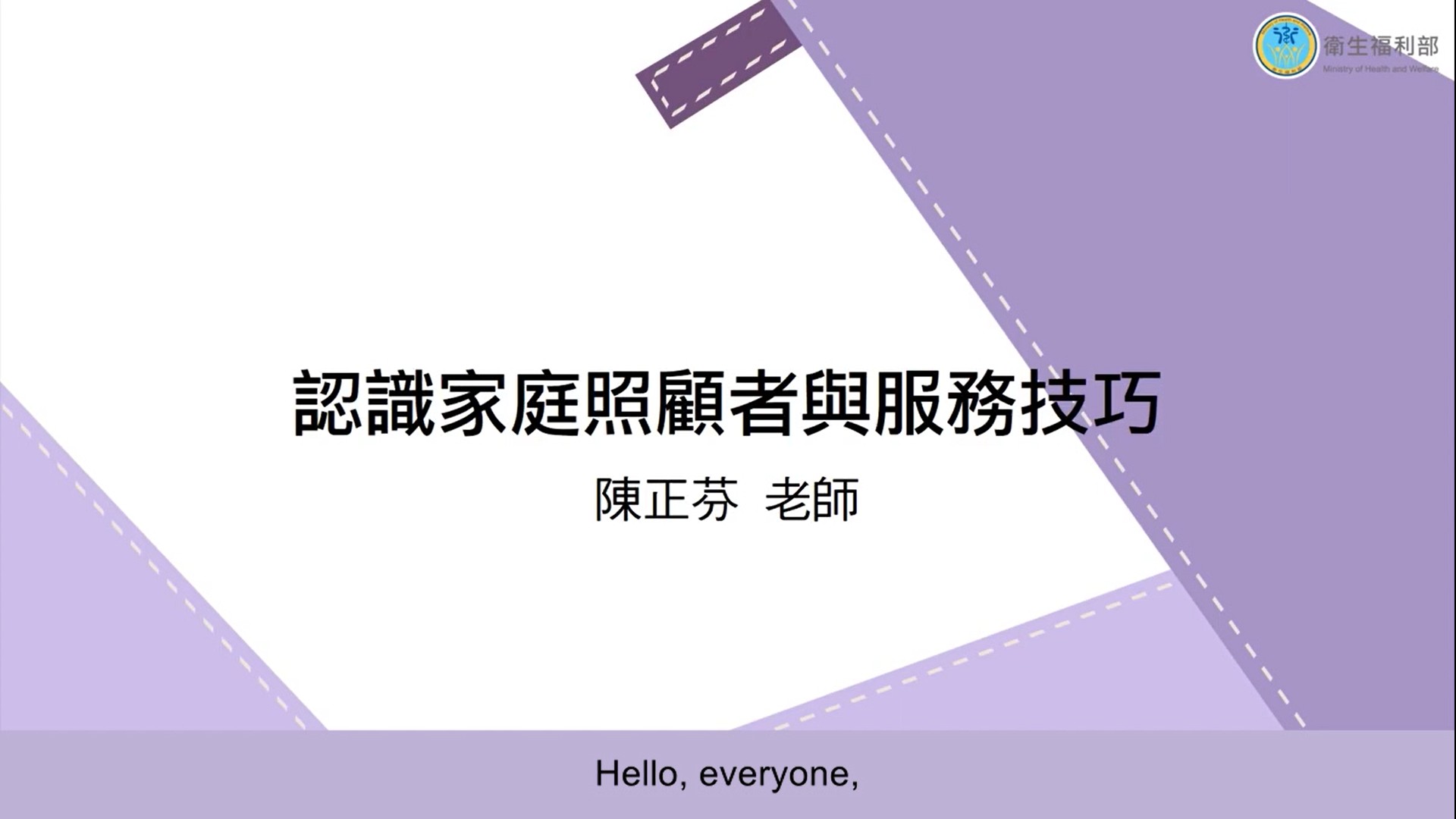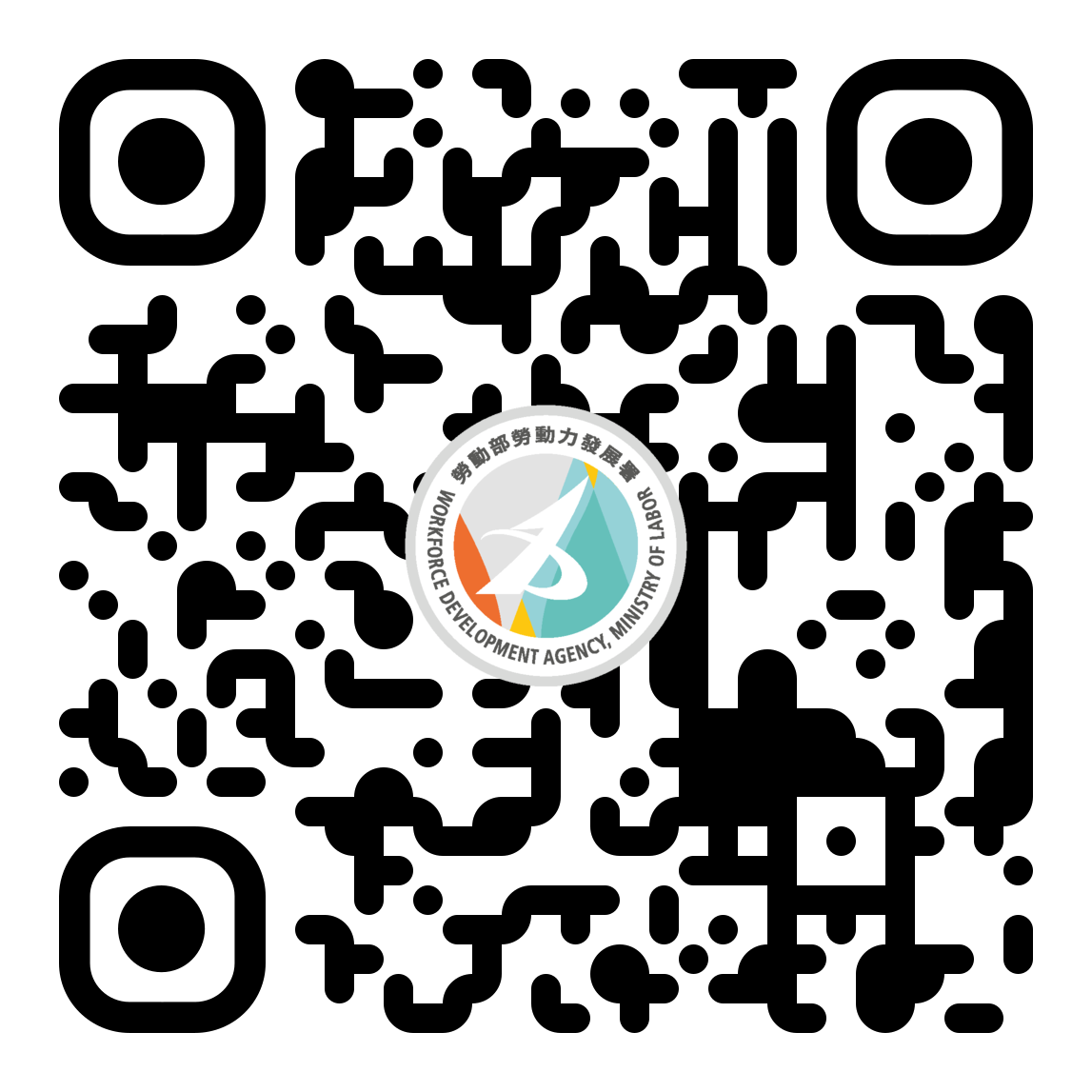duchick@sun.net.tw
wanting1010827#1
4194303
一、辨別一般外表、顏臉、鼻喉、口腔、聲音、皮膚、食慾、睡眠等所呈現的疾病徵兆。
1. Identifying externally appearing, facial, nose and throat, oral cavity, voice, skin, appetite and sleep related disease symptoms
二、透過觀察與服務對象的主觀陳述可辨別疾病的徵兆。
2. Identifying disease related symptoms through observation and subjective statements given by the care recipient.
三、瞭解排便常見的問題及簡易照顧措施。
3. Understanding common problems with bowel movements and simple care measures.
四、描述噁心與嘔吐之相關簡易照顧措施。
4. Describing simple care measures to deal with nausea and vomiting.
五、認識收集尿液標本需遵循的原則。
5. Understanding the principles to be observed when collecting a urine sample.
六、分辨泌尿道感染的臨床表徵。
6. Identifying clinical signs of a urinary tract infection.
七、描述泌尿道感染的簡易照顧措施。
7. Describing simple care measures to deal with a urinary tract infection.
八、描述輸入輸出的途徑及輸出入量記錄的內容。
8. Describing the methods for liquid input and output and input/output recording.
九、認識記錄輸出入量所需的用具。
9. Understanding the tools needed to record liquid input and output.
十、瞭解輸出入量記錄的注意事項。
10. Understanding precautions related to the recording of liquid input and output recording.
十一、說出發燒的可能原因。
11. Explaining the possible causes of a fever.
十二、列出發燒的處理方法。
12. Listing measures to deal with a fever.
十三、說出一般外傷的處理種類及處理原則。
13. Explaining types and principles of treatment for dealing with basic trauma.
十四、說出疼痛及簡易護理措施。
14. Explaining pain and simple nursing measures.
:::
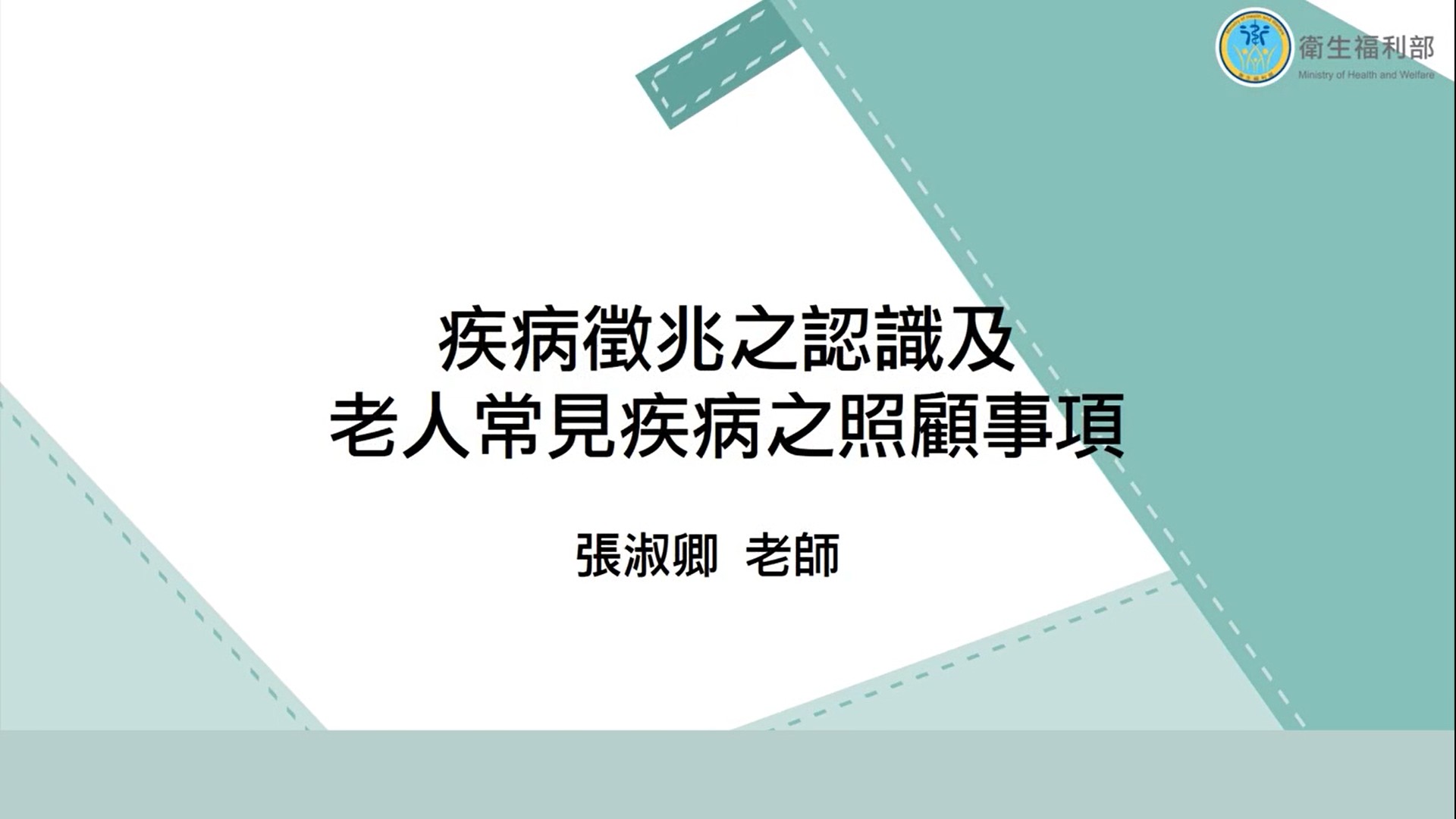

類別
照顧服務類 / 外籍看護補充訓練 /
適用對象
不限
課程資訊
課程時數:83分鐘
上課期間
從 2022年12月01日 至 無限期
瀏覽人次
33508
※ 登入會員後觀看才有閱讀紀錄(電子書及影音不適用於時數認證與學習紀錄)
※ 親愛的使用者您好!若您閒置(滑鼠未移動)超過15分鐘,系統將自動跳離課程畫面,若欲繼續學習,請您再次進入課程,謝謝!

